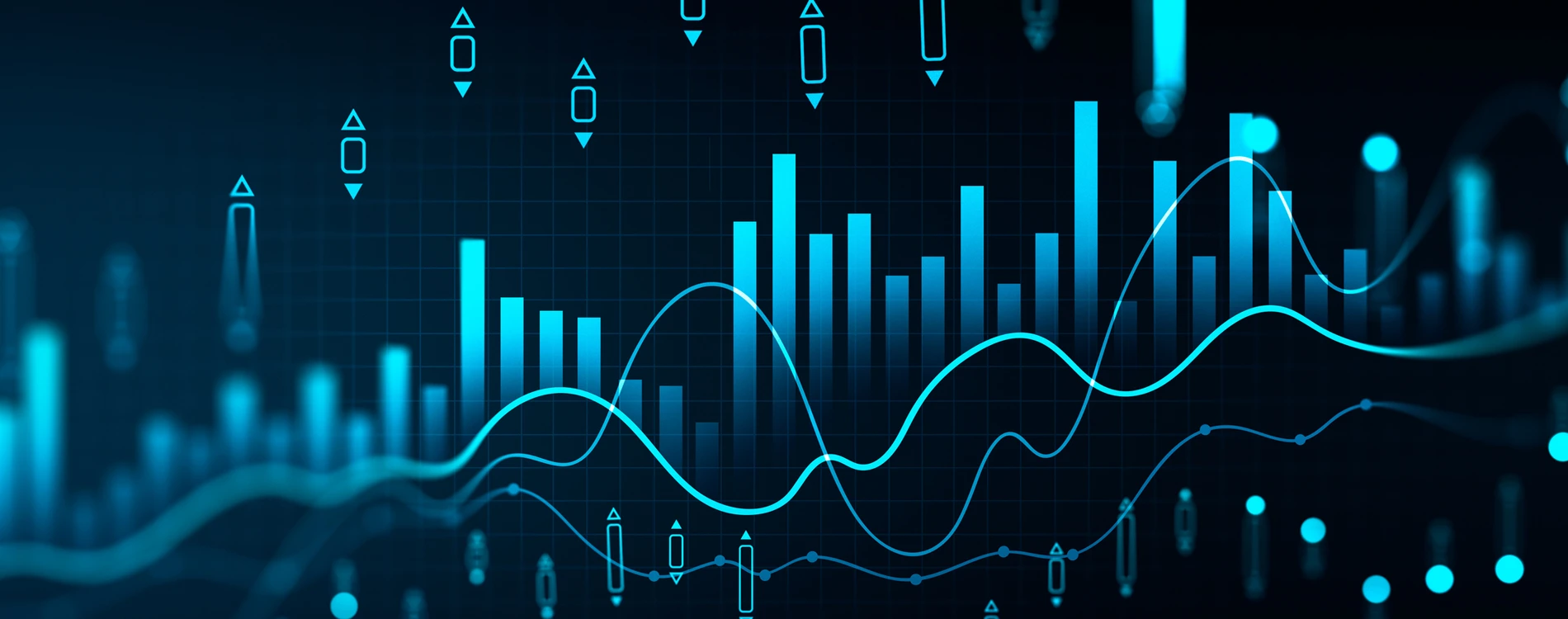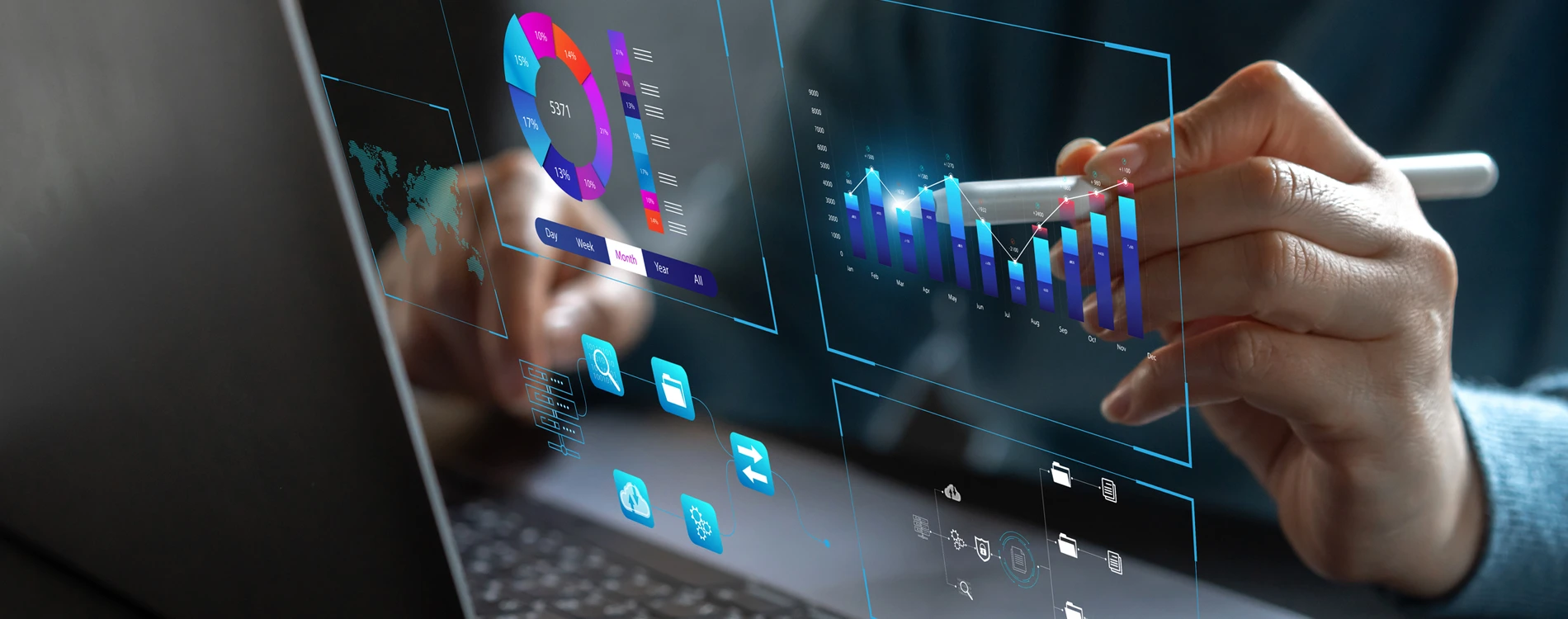In today’s data-driven age, both businesses and researchers find themselves at a crossroads: inundated with information and tasked with deriving actionable insights. Whether it’s predicting market trends or discerning patterns in complex datasets, understanding the nuances between descriptive and predictive analysis becomes pivotal. Let’s dive into the complexities of these analytical tools and determine when each shines the brightest.
Descriptive Analysis: The “What Happened?” Approach
Descriptive analysis operates as a rear-view mirror, presenting a clear snapshot of past events. By analyzing historical data, it answers the foundational question: “What has happened?”
When to Use
Descriptive analysis is paramount when you need a clear understanding of past trends, behaviours, and events. In the absence of accurate descriptive analysis, you struggle to pinpoint the causes of specific trends and behaviours, limiting their ability to strategize and craft effective responses to any irregularities.
Why to Use
Descriptive analysis provides a foundational understanding of past patterns, behaviours, and events, enabling you to extract meaningful insights from large datasets, identify underlying trends, make evidence-based decisions, and set the stage for predictive and prescriptive analysis, ensuring that strategies and hypotheses are rooted in concrete historical evidence.
Predictive Analysis: The “What Could Happen?” Approach
Predictive analysis employs statistical methods and machine learning techniques to make educated forecasts using historical data. It provides estimates, not certainties, about what might occur in the future, positioning it as an advanced form of data analysis that relies on probability-driven forecasts instead of just analyzing existing facts.
When to Use
Predictive analysis is crucial when you aim to anticipate potential outcomes, trends, or phenomena based on historical datasets, utilizing it as a key methodological tool to test hypotheses, inform future studies, and provide a forward-looking perspective that enhances the depth, relevance, and applicability of your findings in real-world scenarios.
Why to Use
Predictive analysis empowers you to forecast potential trends and outcomes based on historical data, thereby enriching you analyses, enhancing the validity of your hypotheses, and ensuring your findings not only reflect past and present observations but also provide invaluable insights and guidance for future scenarios, decisions, and interventions.
“Descriptive and predictive analysis are two sides of the same coin”
While they cater to different needs, both descriptive and predictive analysis are essential to a holistic data strategy. Understanding what happened in the past provides a foundation (descriptive) upon which you can build and anticipate future trends (predictive).
In Conclusion
Whether you’re a business aiming to gain a competitive edge or a researcher pushing the boundaries of knowledge, data analysis is a formidable ally. By discerning the roles of descriptive and predictive analysis, you can tap into the full potential of your data, ensuring you don’t just understand where you’ve been, but have a clear vision of where you’re headed. Remember, in the vast ocean of data, let past insights chart the course for future discoveries.
“Make your decisions based on insights rather than hunches”


